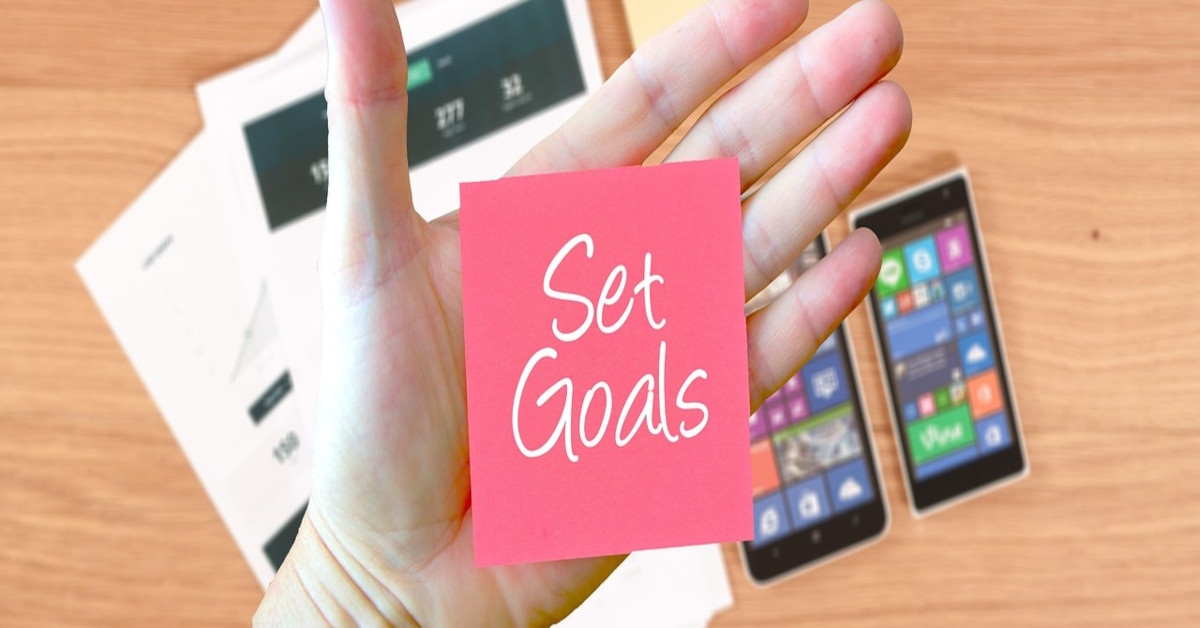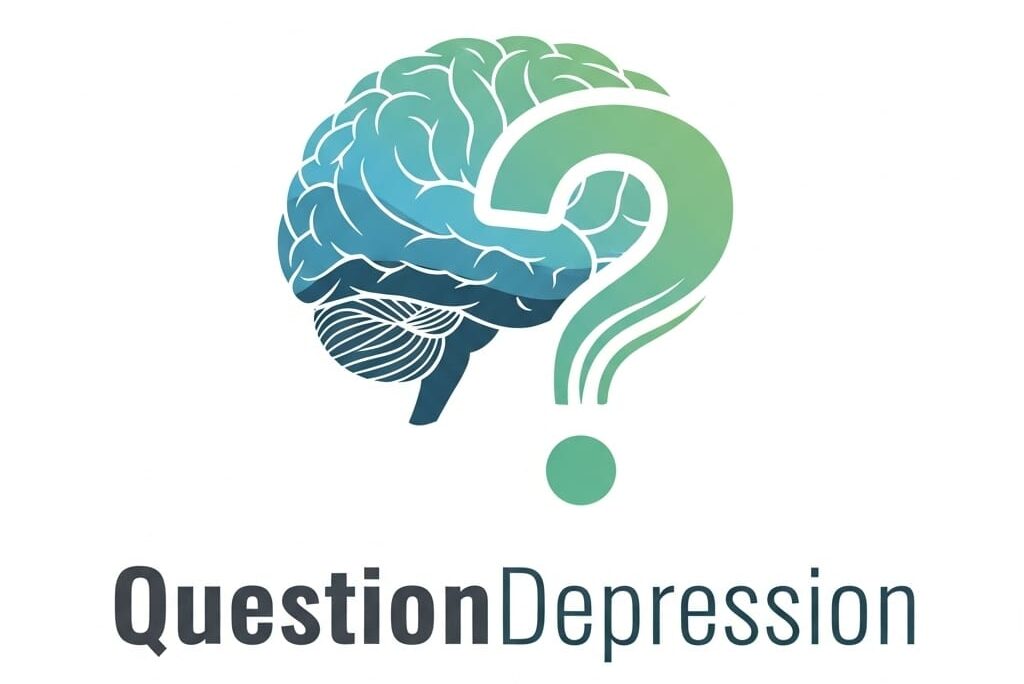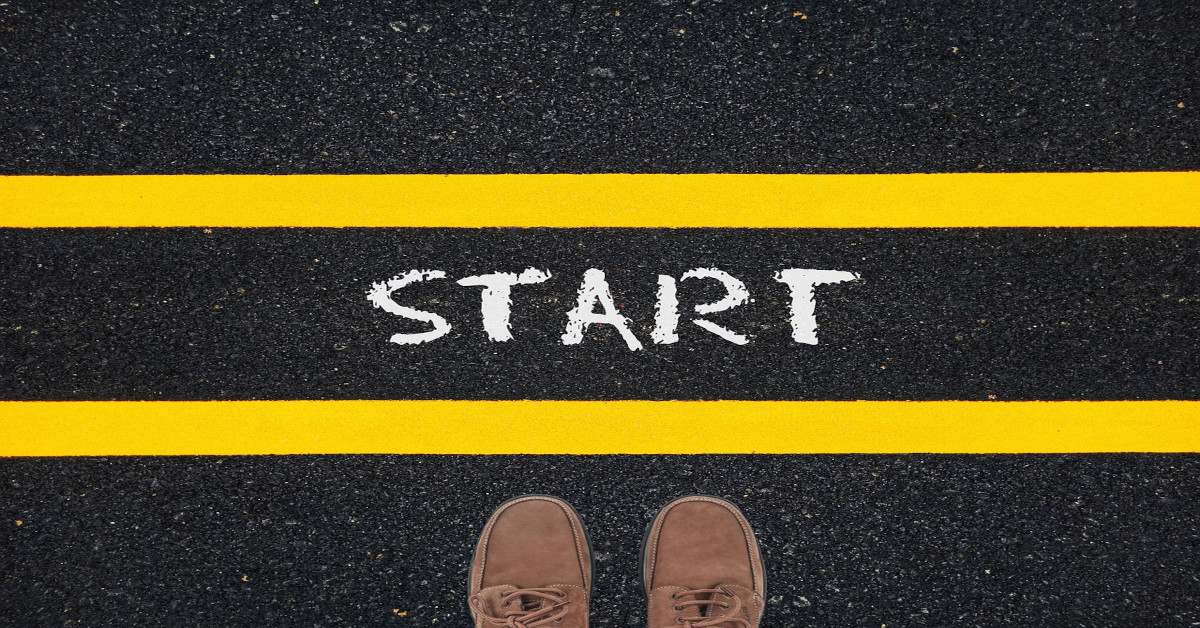Getting started with CBT can feel vast, but it’s a structured and accessible approach.
Here’s a step-by-step guide to get started.
- Decide on your approach: Therapist-guided vs. self-help
-
- Option 1: Work with a CBT therapist
-
-
- Find a therapist
-
Look for a licensed mental health professional trained in CBT. You can search directories like:
-
-
-
- BetterHelp (Online therapy).
-
-
-
-
-
-
- Schedule an initial session
-
-
-
Be prepared to discuss your issues and therapy goals.
-
-
-
-
- Commit to the process
-
-
-
CBT is short-term (typically 6–20 sessions) and requires active participation, including homework assignments.
-
- Option 2: Try self-help CBT
You can still benefit from self-guided CBT techniques if therapy isn’t an option:
-
-
- Read CBT books
-
Some good starting points include:
-
-
-
- Feeling Good: The New Mood Therapy by David Burns.
-
-
-
-
-
- Mind Over Mood by Dennis Greenberger and Christine Padesky.
-
-
-
-
- Use CBT-based apps
-
Popular apps such as:

-
-
-
- CBT Thought Diary (helps track and face antagonistic thoughts).
-
-
-
-
-
- Wysa (AI chatbot using CBT techniques).
-
-
-
-
-
- Sanvello (for anxiety and stress management).
-
-
-
-
- Start a thought journal
-
Write down negative thoughts and replace them with more balanced perspectives.
- Learn the basics of CBT
CBT is based on the idea that your thoughts, feelings, and behaviors are interconnected.
-
- Negative thoughts → Influence emotions and behaviors.
-
- Unhelpful behaviors → Reinforce negative thought patterns.
-
- Challenging thoughts and changing behaviors → Can improve emotional well-being.
Common CBT techniques include:
-
- Cognitive restructuring
Identifying and confronting distorted thinking (“I’m a failure” → “I made a mistake, but I can learn from it”).
-
- Behavioral activation
Taking small steps to re-engage in enjoyable or productive activities.
-
- Exposure therapy (for anxiety or phobias)
Gradual exposure to feared situations to cut avoidance behaviors.
-
- Mindfulness and relaxation
Learning to manage stress through deep breathing, meditation, or grounding techniques.
- Set personal goals

CBT is goal-oriented, so consider:
-
- What specific challenges do you want to address? (Anxiety, depression, self-doubt.)
-
- What beliefs or behaviors do you want to change?
-
- How will you track progress? (Journaling, mood tracking apps, etc.)
- Practice daily and apply what you learn
CBT is most effective when practiced consistently:
-
- Write down thoughts and discover patterns (use a CBT journal or app).
-
- Dispute harmful ideas with logical evidence.
-
- Act: Change behaviors that strengthen negativity.
-
- Stay patient: Change takes time, and setbacks are normal.
- Evaluate progress and adjust as needed

Reflect on the following after a few weeks:
-
- Have your pessimistic thought sequences improved?
-
- Are you feeling more in control of emotions and behaviors?
-
- Do you need professional support to go deeper?
Working with a therapist might help fine-tune your approach if progress on your own feels slow.
Join our forum and Facebook
Please consider joining our forum and Facebook if you enjoyed reading this and would like to chat with like-minded peers about anything depression related.
It would certainly go a long way toward making my dream of creating a thriving, supportive community a reality!

